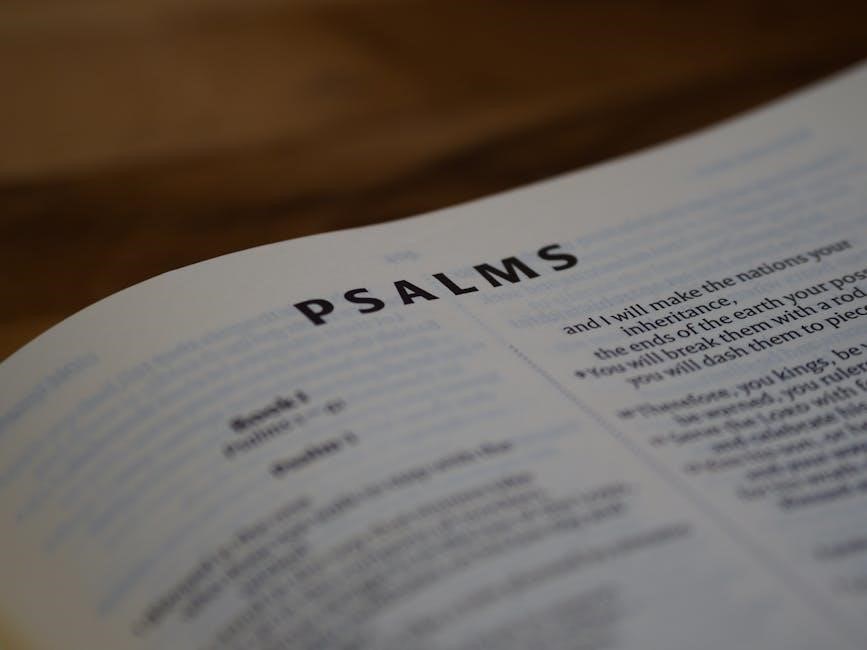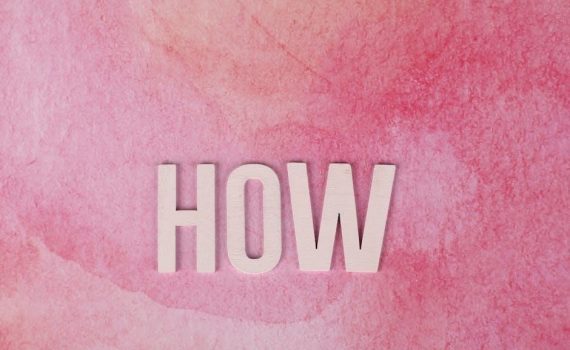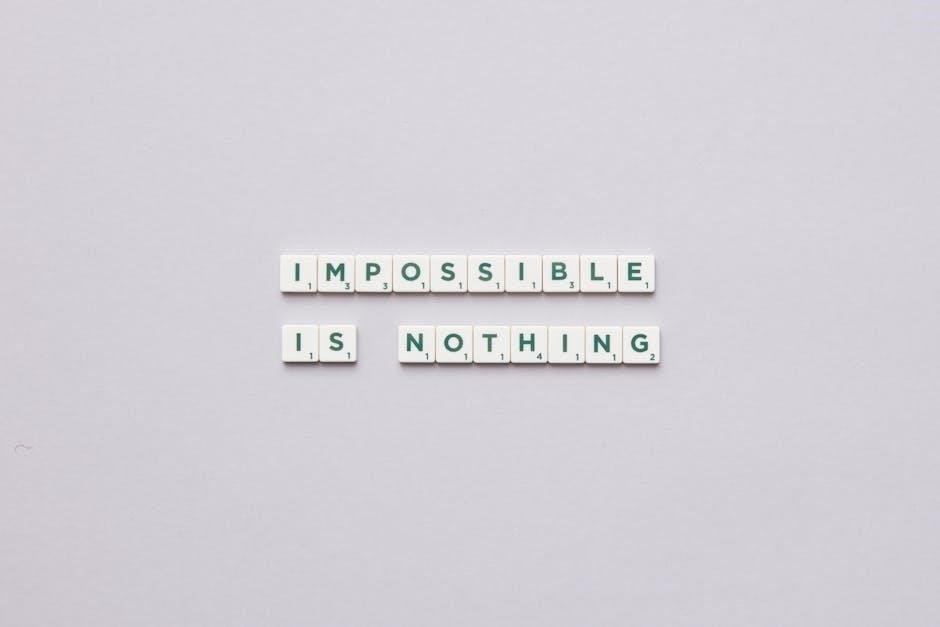only the paranoid survive pdf
Category : PDF
Only the Paranoid Survive PDF: A Comprehensive Article Plan
This article delves into Andy Grove’s seminal work, exploring its core tenets and practical applications, with a focus on accessing the “Only the Paranoid Survive” PDF․
We will examine strategic inflection points, leadership during crises, and the book’s enduring relevance in today’s dynamic business environment․
Resources for obtaining the PDF and further study will also be highlighted, ensuring a comprehensive understanding of Grove’s impactful insights․
Published in 1996, Only the Paranoid Survive, penned by the legendary Andy Grove, swiftly became a cornerstone of business literature․ The book isn’t merely a recounting of Intel’s triumphs; it’s a profound exploration of how leaders navigate periods of immense disruption and uncertainty․ Grove, having steered Intel through multiple seismic shifts in the technology landscape, distills his experiences into a framework for recognizing and responding to what he terms “Strategic Inflection Points․”
The title itself, provocative and memorable, encapsulates the central thesis: complacency is a death knell in a rapidly evolving world․ Success breeds a dangerous sense of security, blinding organizations to emerging threats and opportunities․ Grove argues that a healthy dose of “paranoia” – a constant vigilance and willingness to challenge the status quo – is essential for survival․
This book isn’t just for CEOs; its lessons resonate with individuals at all career stages․ It offers a practical guide to anticipating change, adapting to new realities, and seizing opportunities amidst chaos․ Accessing the “Only the Paranoid Survive” PDF allows readers to delve into Grove’s wisdom and apply his principles to their own contexts, fostering resilience and proactive leadership․
The Author: Andy Grove and His Legacy
Andrew S․ Grove, born András Gróf in Budapest, Hungary, was a pivotal figure in the history of the personal computer․ Escaping communist Hungary as a child, he immigrated to the United States and ultimately became the driving force behind Intel’s rise to dominance in the semiconductor industry․ Serving as Intel’s CEO from 1987 to 1995, and Chairman until 1997, Grove transformed the company from a memory chip manufacturer to the world’s leading producer of microprocessors․
Grove’s leadership wasn’t simply about technological innovation; it was about anticipating and adapting to market shifts․ His experiences navigating these turbulent times formed the basis for Only the Paranoid Survive․ He wasn’t a charismatic leader in the traditional sense, but a pragmatic and intensely analytical thinker․
His legacy extends beyond Intel’s success․ Grove’s book continues to influence business strategy decades after its publication, and accessing the “Only the Paranoid Survive” PDF provides insight into the mind of a true visionary․ He championed a culture of relentless self-assessment and a willingness to embrace disruptive change, principles that remain remarkably relevant today․
Core Concept: Strategic Inflection Points
At the heart of Only the Paranoid Survive lies the concept of a Strategic Inflection Point (SIP)․ These aren’t merely periods of incremental change, but fundamental shifts in the competitive landscape that threaten the very core of a business․ Grove argues that these points demand a radical reassessment of strategy and a willingness to abandon established practices․
SIPs are often triggered by technological advancements, regulatory changes, or the emergence of disruptive competitors․ They represent moments where the rules of the game change, and past successes become liabilities․ Ignoring these points, Grove warns, is a recipe for disaster, leading to stagnation and eventual decline․

Understanding this core concept is crucial when studying the “Only the Paranoid Survive” PDF․ Grove doesn’t advocate for constant anxiety, but rather a proactive, almost paranoid, awareness of potential disruptions․ Recognizing a SIP early allows a company to adapt, innovate, and ultimately, survive․ It’s about embracing change, not fearing it․
What is a Strategic Inflection Point?
A Strategic Inflection Point, as detailed in Only the Paranoid Survive and readily explored within the “Only the Paranoid Survive” PDF, is a time when the fundamentals of a business environment are undergoing a dramatic shift․ It’s not simply a slowdown in growth or a temporary market correction; it’s a fundamental alteration in the industry’s structure․
Grove illustrates this with Intel’s own experiences, facing challenges from Japanese competitors and the rise of new technologies․ These points often feel like crises, but they are, in essence, opportunities for those willing to adapt․ They demand a re-evaluation of everything – from product strategy to organizational structure․
Crucially, a SIP isn’t always obvious․ It can manifest as subtle changes, like shifting customer preferences or the emergence of a new business model․ Recognizing these early warning signs, as emphasized throughout the book, is paramount to navigating the disruption successfully․ It requires a willingness to challenge assumptions and embrace uncomfortable truths․
Identifying Strategic Inflection Points
According to Only the Paranoid Survive, accessible in full through the “Only the Paranoid Survive” PDF, pinpointing these pivotal moments requires constant vigilance and a healthy dose of “paranoia․” It’s about actively seeking out signals of change, even when things appear stable․
Grove advocates for a relentless focus on external factors – competitor actions, technological advancements, and regulatory shifts․ He stresses the importance of data analysis, but also emphasizes the need for “feel” – a gut sense that something is fundamentally changing․ Look for discrepancies between what’s being said and what’s actually happening․
Key indicators include a sudden decline in a previously reliable metric, the emergence of a disruptive technology, or a shift in customer behavior․ Don’t dismiss anomalies; investigate them thoroughly․ The PDF version of the book provides numerous examples of how Intel identified and responded to inflection points, offering valuable lessons for any organization․
The Importance of Recognizing Change
As detailed within the “Only the Paranoid Survive” PDF, Andy Grove argues that failing to recognize change isn’t simply a strategic misstep – it’s an existential threat․ Established companies, particularly those enjoying current success, are most vulnerable to this oversight․ Complacency breeds blindness, hindering the ability to perceive shifts in the competitive landscape․
Grove emphasizes that strategic inflection points aren’t gradual evolutions; they are sudden and disruptive․ Ignoring these signals allows competitors, often smaller and more agile, to gain a foothold and ultimately overtake the market leader․ The book illustrates this with Intel’s own experiences, demonstrating the consequences of delayed reaction․
Recognizing change demands a culture of open communication, where dissenting opinions are valued and challenging the status quo is encouraged․ Leaders must actively seek out information that contradicts their assumptions and be willing to abandon previously held beliefs․ The PDF serves as a powerful reminder that survival depends on adaptability․
Why Established Companies Struggle During Inflection Points
According to the insights presented in “Only the Paranoid Survive” PDF, established companies often struggle during strategic inflection points due to deeply ingrained organizational structures and successful past strategies․ These very strengths become weaknesses, fostering a resistance to change and a reliance on existing models․
Grove explains that success breeds arrogance and a belief in invincibility․ Leaders become hesitant to disrupt profitable, albeit potentially outdated, business units․ Furthermore, internal politics and bureaucratic inertia can stifle innovation and slow down decision-making processes․ The book highlights how established players often underestimate the speed and magnitude of disruptive forces․
The PDF details how companies prioritize protecting existing revenue streams over investing in unproven technologies or markets․ This short-sightedness leaves them vulnerable to competitors who are willing to embrace risk and challenge the established order․ Ultimately, a lack of paranoia – a constant questioning of assumptions – proves fatal․
The Role of Leadership in Navigating Crisis
As detailed in the “Only the Paranoid Survive” PDF, effective leadership is paramount when confronting strategic inflection points․ Andy Grove emphasizes that leaders must cultivate a culture of relentless self-assessment and challenge, fostering an environment where dissenting opinions are not only tolerated but actively sought․

The PDF stresses the importance of leaders being the first to recognize and acknowledge the crisis, even when it contradicts prevailing optimism․ They must possess the courage to make difficult decisions, including dismantling successful but obsolete business units, and reallocating resources to emerging opportunities․

Grove argues that leaders must act as catalysts for change, communicating a clear vision and inspiring their teams to embrace the necessary transformations․ This requires transparency, honesty, and a willingness to take personal risks․ Ultimately, navigating inflection points demands a proactive, decisive, and relentlessly paranoid leadership style․
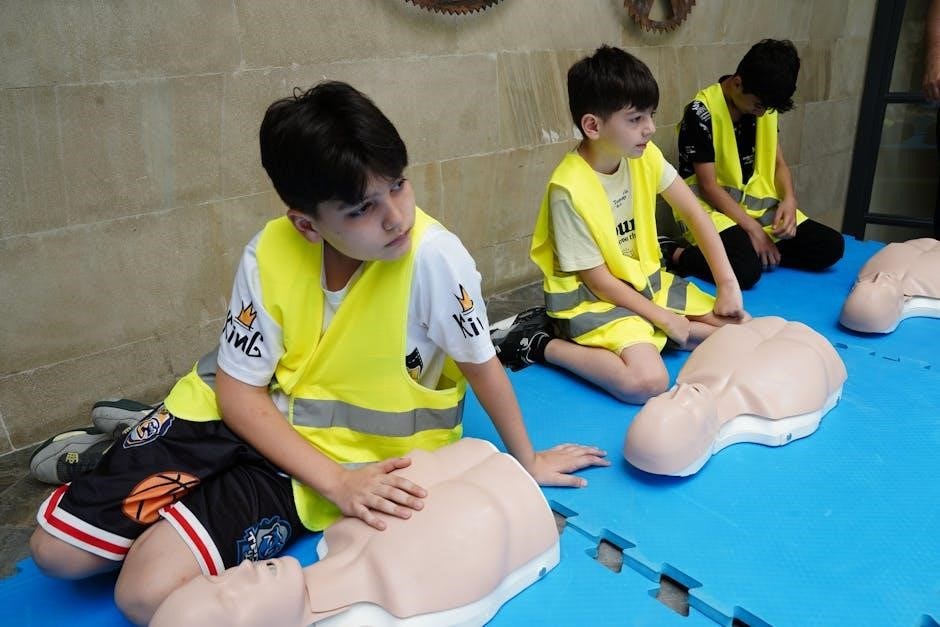
Grove’s Framework for Responding to Inflection Points
The “Only the Paranoid Survive” PDF outlines a structured framework for responding to strategic inflection points, centered around acknowledging the disruption and proactively adapting․ Grove advocates for a shift in mindset – embracing a “healthy paranoia” to anticipate and prepare for change․
His framework begins with identifying the inflection point itself, followed by a brutal assessment of the company’s strengths and weaknesses in the new landscape․ This necessitates honest self-evaluation and a willingness to abandon previously successful strategies․
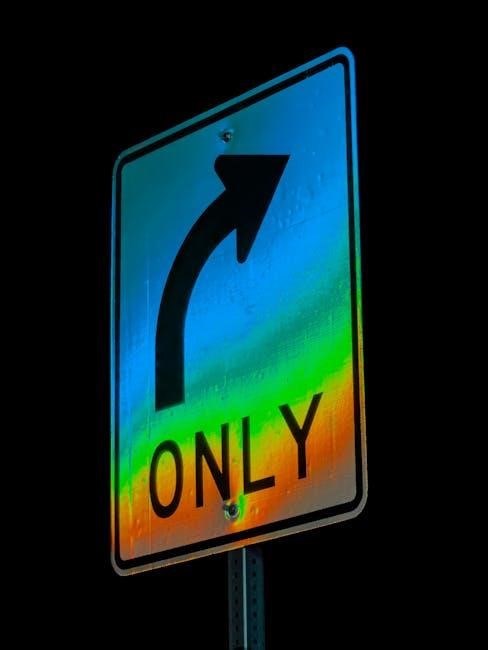
Crucially, Grove emphasizes the need for decisive action, often involving significant restructuring and resource reallocation․ He introduces the “10X” rule (detailed later), and stresses the importance of focusing on opportunities that represent a tenfold improvement over existing solutions․ The PDF highlights that swift, bold action is essential for survival․
The “10X” Rule: Identifying Disruptive Forces

As detailed within the “Only the Paranoid Survive” PDF, the “10X” rule is a cornerstone of Andy Grove’s framework for navigating strategic inflection points․ It’s not simply about incremental improvement, but identifying disruptive forces that offer a ten-fold leap in value or performance․
Grove argues that established companies often underestimate the magnitude of these changes, focusing on optimizing existing technologies rather than embracing radical innovation․ A true disruptive force isn’t just better; it’s fundamentally different, offering a vastly superior solution․
The PDF emphasizes that recognizing a 10X change presents both a threat and an opportunity․ It’s a threat to existing business models, but an opportunity for newcomers or those willing to cannibalize their own successes․ Identifying these forces requires constant vigilance and a willingness to challenge conventional wisdom․
Case Studies: Intel’s Experiences with Inflection Points
The “Only the Paranoid Survive” PDF powerfully illustrates its concepts through detailed case studies of Intel’s own experiences navigating strategic inflection points․ Grove meticulously recounts the shift from memory chips to microprocessors, a pivotal moment that threatened Intel’s very existence․
He describes the internal struggles, the resistance to change, and the difficult decisions required to embrace the new technology․ The PDF highlights how Intel initially clung to the familiar memory chip business, even as the microprocessor market rapidly expanded․
Another critical inflection point detailed is the rise of Japanese competition in the memory chip market․ Grove explains how Intel responded by focusing on innovation and ultimately exiting the memory business altogether․ These case studies aren’t just historical accounts; they serve as cautionary tales and practical lessons for leaders facing similar challenges․
Applying the Principles to Individual Careers
The “Only the Paranoid Survive” PDF extends its strategic framework beyond corporate leadership, offering invaluable guidance for navigating individual career paths․ Grove argues that professionals must adopt a similar mindset of vigilance and proactive adaptation to remain relevant in a constantly evolving job market․
He emphasizes the importance of identifying personal “strategic inflection points” – moments where skills become obsolete or new opportunities emerge․ The PDF encourages readers to continuously assess their skill sets and proactively seek opportunities for learning and development․
Furthermore, Grove advocates for embracing discomfort and challenging the status quo․ He suggests that individuals should not be afraid to disrupt their own careers, even if it means taking risks or venturing into unfamiliar territory․ This proactive approach, inspired by the book, is crucial for long-term career success․
The Book’s Impact on Business Strategy
“Only the Paranoid Survive,” readily available as a PDF, profoundly impacted business strategy by introducing the concept of strategic inflection points as critical moments demanding decisive action․ Before Grove’s work, many established companies underestimated the disruptive potential of change, often clinging to outdated models․
The book shifted the focus from incremental improvement to radical adaptation, urging leaders to actively seek out and prepare for industry shifts․ It popularized the “10X” rule, emphasizing the need to identify forces capable of creating ten times the impact of existing technologies or competitors․
Consequently, businesses began incorporating scenario planning and competitive analysis into their strategic processes․ The PDF’s influence is evident in the rise of agile methodologies and a greater emphasis on innovation․ Grove’s framework remains a cornerstone of modern strategic thinking, prompting organizations to embrace a culture of continuous monitoring and proactive response․
Criticisms and Limitations of Grove’s Approach
While “Only the Paranoid Survive,” accessible as a PDF, offers valuable insights, it isn’t without limitations․ Some critics argue Grove’s focus on relentless disruption can foster an overly pessimistic and reactive organizational culture, potentially stifling innovation driven by organic growth․
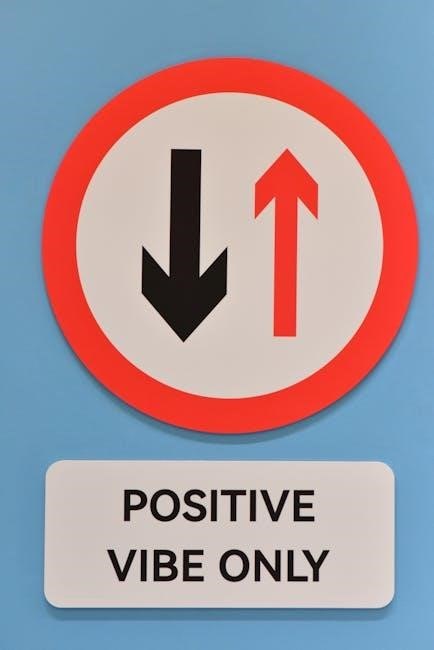
The “10X” rule, while impactful, can be difficult to apply consistently, as accurately predicting truly disruptive forces remains challenging․ Furthermore, the book’s emphasis on speed and decisiveness may not be suitable for all industries or organizational structures, particularly those requiring extensive collaboration or regulatory approval․
Additionally, the context of Intel’s dominance during the book’s writing might lead to a bias towards large, technologically-driven companies․ Applying Grove’s principles to smaller businesses or those in less dynamic sectors requires careful adaptation and consideration of unique circumstances․ The PDF should be read with these nuances in mind․
“Only the Paranoid Survive” PDF Availability and Resources
Finding a legitimate “Only the Paranoid Survive” PDF can require careful searching․ While readily available through various online retailers like Amazon and Barnes & Noble in physical and ebook formats, free PDF versions are often found on internet archive sites or through university library databases․
However, caution is advised when downloading from unofficial sources to avoid malware or copyright infringement․ Websites offering the PDF may also contain outdated or incomplete versions․ A reliable option is to explore Google Scholar for academic papers referencing the book, sometimes linking to accessible excerpts․
Beyond the PDF itself, numerous resources enhance understanding․ Online book summaries, Harvard Business Review articles, and leadership blogs frequently discuss Grove’s concepts․ Exploring these supplementary materials provides diverse perspectives and practical applications of the book’s principles, enriching the reading experience․

Key Takeaways from the Book
“Only the Paranoid Survive” fundamentally argues that successful leaders must cultivate a healthy sense of unease, constantly scanning for “Strategic Inflection Points” – those moments of industry upheaval demanding radical change․ Grove emphasizes that established companies, despite their strengths, are often most vulnerable during these shifts․
A core concept is the “10X” rule, identifying disruptive forces that represent a tenfold improvement over existing technologies or approaches․ Ignoring these forces, or underestimating their potential, can lead to obsolescence․ The book stresses the importance of candid self-assessment and a willingness to dismantle successful, yet outdated, strategies․
Furthermore, Grove highlights the leader’s role in driving change, even when it’s uncomfortable․ This includes fostering open communication, embracing experimentation, and making difficult decisions swiftly․ Ultimately, the book champions a proactive, rather than reactive, approach to navigating the inevitable crises inherent in the business world;
The Relevance of the Book in Today’s Business Landscape
In today’s hyper-competitive and rapidly evolving business environment, the principles outlined in “Only the Paranoid Survive” are arguably more relevant than ever․ The pace of technological change, fueled by advancements in areas like artificial intelligence and cloud computing, creates constant disruption․

Grove’s emphasis on identifying and responding to Strategic Inflection Points resonates deeply with the challenges faced by organizations navigating digital transformation․ The “10X” rule is particularly pertinent, as truly disruptive innovations frequently emerge from unexpected sources․
Moreover, the book’s focus on leadership and the need for a proactive, rather than reactive, mindset is crucial for organizations seeking to thrive amidst uncertainty․ The ability to embrace change, challenge assumptions, and foster a culture of continuous learning are essential for long-term success․ Accessing the “Only the Paranoid Survive” PDF provides timeless wisdom for modern leaders․
Long-Term Implications of Ignoring Inflection Points
The long-term consequences of failing to recognize and adapt to Strategic Inflection Points, as detailed in “Only the Paranoid Survive,” can be catastrophic for businesses․ Complacency and a reliance on past successes can lead to a gradual erosion of market share and, ultimately, obsolescence․
Established companies that underestimate disruptive forces risk being overtaken by more agile competitors, or even entirely displaced by new entrants․ The book illustrates how even dominant players can falter when they fail to anticipate and respond to fundamental shifts in the competitive landscape․
Downloading the “Only the Paranoid Survive” PDF offers a stark warning: ignoring these pivotal moments isn’t simply a missed opportunity, but a potential death sentence․ Proactive adaptation, even if it requires difficult decisions and organizational restructuring, is paramount for sustained viability․
Embracing Paranoia for Success
“Only the Paranoid Survive” doesn’t advocate for constant anxiety, but rather a disciplined, proactive approach to anticipating and navigating change․ Accessing the “Only the Paranoid Survive” PDF provides a roadmap for cultivating this mindset within organizations and individual careers․
Andy Grove’s core message is clear: sustained success demands a willingness to challenge assumptions, embrace discomfort, and relentlessly seek out potential disruptions․ This “constructive paranoia” fosters innovation and resilience, enabling leaders to steer their companies through turbulent times․
Ultimately, the book’s enduring relevance lies in its timeless wisdom․ In an era of accelerating technological advancements and unpredictable market forces, the principles outlined within remain essential for anyone seeking to thrive – not just survive – in the long run․ Embracing this perspective is not a sign of weakness, but of strength and foresight․
























































